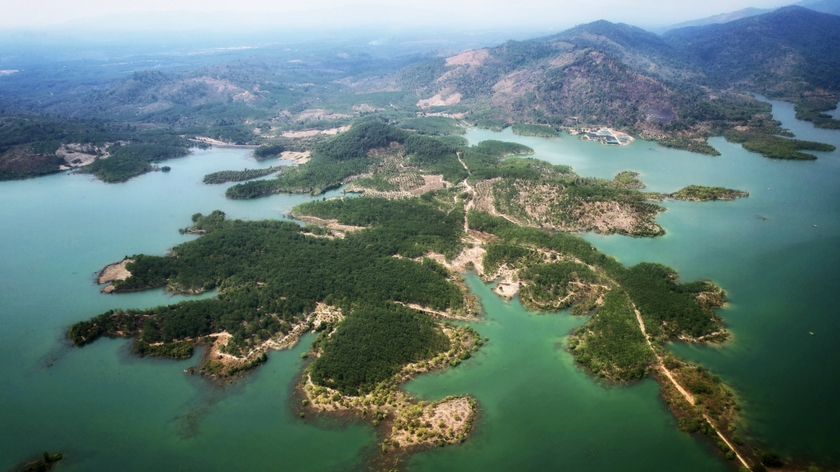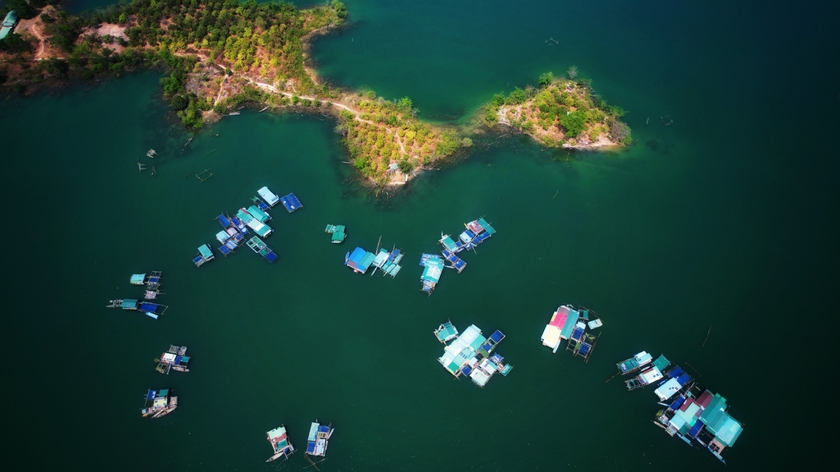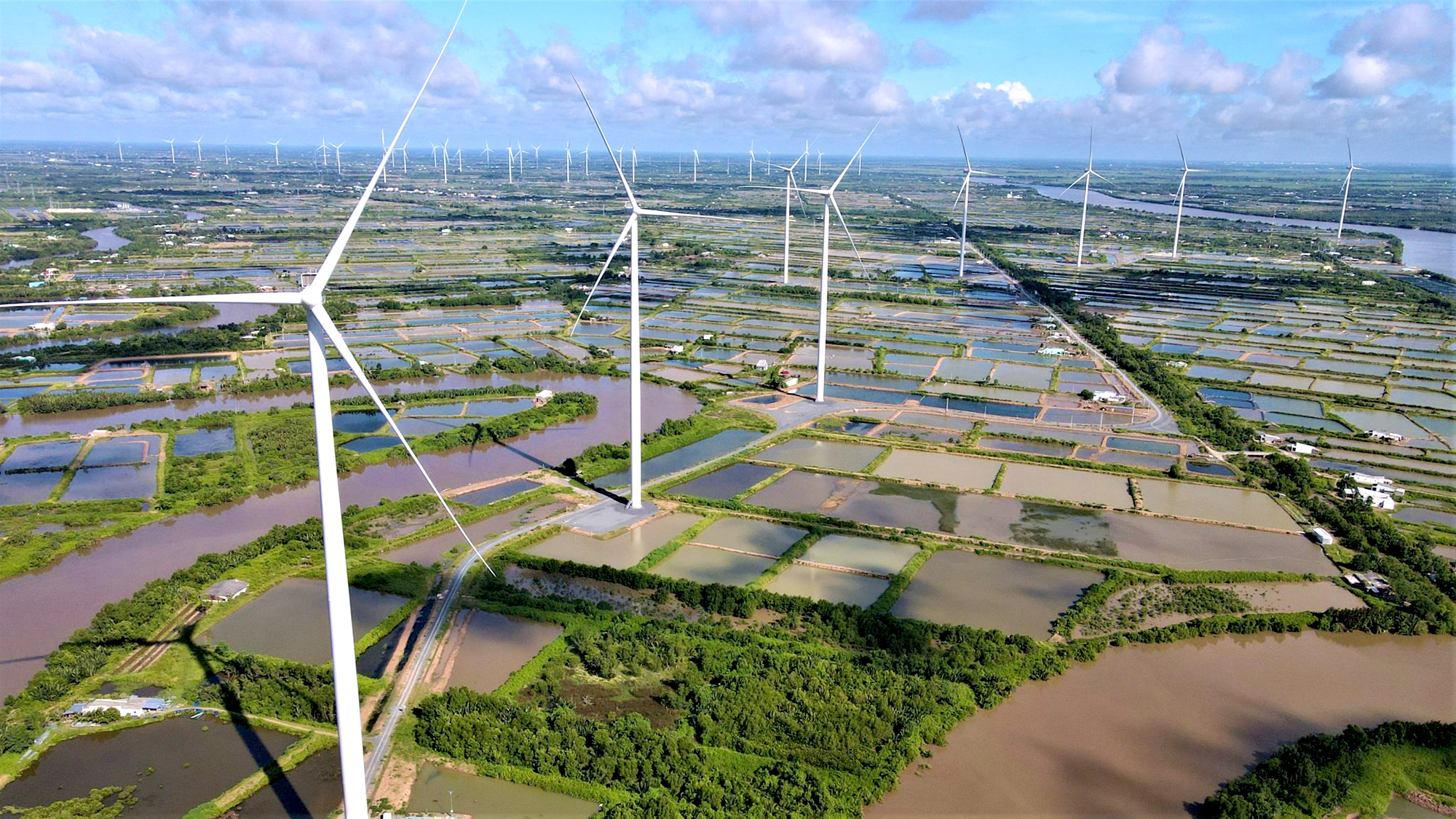Implementation Status Around the World
Although there are significant differences in the operating systems of power systems and electricity markets in various countries (and they are all in the process of continuous development and improvement), there are still many experiences with VPPs worth noting.
IEC 63189-2 Virtual Power Plant: Part 2 Use Cases, brings together demonstration projects, market cases, and business models from all IEC SC 8B member countries. It shows that VPP technology has gradually shifted from the initial demonstration stage to the cultivation stage. Especially in the mature electricity markets of Europe and the Americas, the multi-dimensional value of VPPs has gradually expanded from flexibility (peak shaving, frequency regulation) to energy (spot market), reliability (capacity market), and green attributes (green electricity market).
The PJM Interconnection market in the United States, for example, provides uncommonly diverse operational rules for the entry of multiple electricity varieties. VPPs can rely on multi-dimensional value accounting to recover investment and operating costs, such as capacity markets and ramping markets. At the same time, methods such as scarcity pricing provide good incentives for the flexibility mining of VPPs.
In the United Kingdom, the real-time balanced market provides more timely price signals for market entities with strong flexibility and greater uncertainty, such as VPPs, guiding them to provide services in the electricity market operation.
In the Australian market, VPPs participate in frequency regulation services like traditional units, and have achieved sustainable business models with good response performance, increasing investment confidence in VPPs.
In China, VPPs have started by providing demand response and rampup/rampdown energy services, gradually exploring other service capabilities such as spot market, frequency regulation, and voltage regulation control.
VPPs have also played an important role in major international events.
At the February 2022 Beijing Winter Olympics, a VPP demonstration project (supported by National Key R&D Program of China No. 2020YFF0305800) was constructed to aggregate flexible resources both inside and outside the venue. It provided support for supply-demand balance of electric energy, power balance at shorter time scale, short-term matching of green supply and demand, and, ultimately, the goal of 100% green “energy+power” for the Winter Olympics area.
Similarly, at the 19th Asian Games Hangzhou in October 2023, a VPP demonstration project (supported by National Key R&D Program of China No. 2021YFB2401200) was designed to aggregate diversified distributed resources, providing regulation capabilities at different time scales such as day ahead, hourly, minute, and second. Not only was it capable of aggregate distributed power generation to provide clean power, it also provided regulation capabilities in the event of insufficient power generation capacity.
The introduction of VPP allow end users with regulation capabilities to obtain shared benefits, and it also alleviates the investment burden of power grid renovation and upgrading. Plus, it effectively extends the service life of equipment. More and more provinces or regions are granting compliant market-entity qualifications, paving the way for VPPs to play a greater role in the construction process of new power systems.
On the Horizon for Real-World Deployment
In areas with developed electricity market operations, VPPs already are being integrated into the operation of the power system like conventional generations. Even there, however, VPPs still face significant obstacles due to their limited aggregation scale, high operational burden, and high uncertainty in business models. For example, in the European and American markets, it is difficult for VPPs to determine market prices in the electricity market clearing. In markets such as China, VPPs still rely on demand response as the starting point, and access to other power electricity varieties remains limited, resulting in poor sustainability. And in Australia, VPPs do not have a more distinctive market dominant position, making it difficult for the business model to meet cost recovery expectations.
Nonetheless, the trend is evident.
By 2025, we can expect the VPP demonstration project to be technically validated by relatively simple electricity market varieties such as demand response and ramping market, gradually gaining access to more comprehensive market varieties such as the spot market and frequency regulation market, etc.
By 2030, the aggregated resources of VPPs figure to exhibit large-scale development, clearly becoming an important element in the dispatching operation of the power system and gradually incorporated into the unified system planning and operation control of the power system.
By 2040, with the deployment and research and development of hardware equipment equipped with customized decision chips and software definition edges, it appears that more end users will have independent and autonomous decision-making capabilities, forming a joint operation model of distributed resource local trading and aggregation participation in the wholesale market.
Climate Change as a Driver of VPP Interest
VPPs can enhance the balance and regulation ability of the power system, promote high proportion of renewable consumption, ensure the safety of power supply, and accelerate the implementation of the "dual carbon" goal. The regulation capability provided by VPPs can support the volatility and randomness of a high proportion of renewable energy in the new power system in a cleaner way. Also, VPPs can aggregate clean distributed generations to participate in market operations, providing more options for low-carbon-oriented resource allocation in the power system. Finally, VPPs can also provide personalized services for aggregated end users, such as a higher proportion and more stable supply of clean energy.
The benefits are multi-layered, and VPPs are clearly emerging as an important content and key measure in the construction of new power systems. Utilities today can make three strategic deployments to ready their operations for the unique opportunities enabled by VPPs:
- Carry out VPP business as early as possible, develop flexible market business models, and build an operation ecosystem centered on serving end users.
- Promote the construction of incremental distribution networks, carry out improvement work on transmission and distribution electricity prices that consider local energy markets, and stimulate the enthusiasm for grid connection and transactions of distributed resources.
- Explore smart meters with more edge decision-making capabilities as new power data acquisition terminals to meet the personalized demands of future users for autonomous decision-making.
With the growing need for flexible resources in the smart grid to unlock demand-side flexibility and coordinate generation and load, VPPs are proving an appealing option in more and more markets around the world.
Chongqing Kang received his Ph.D. degree from the Department of Electrical Engineering, Tsinghua University, Beijing, China, in 1997. He is currently a Professor with State Key Laboratory of Power System Operation and Control, Department of Electrical Engineering, Tsinghua University. His research interests include power system planning, power system operation, renewable energy, low-carbon electricity technology, and load forecasting. He is also a guest editor for the IEEE Proceedings Special Issue on Smart Grids. Professor Kang is an IEEE Fellow, and he recently served as Guest Editor for a Special Issue of the Proceedings of the IEEE on The Evolution of Smart Grids.
Qixin Chen received his Ph.D. degree from the Department of Electrical Engineering, Tsinghua University, Beijing, China, in 2010. He is currently a Professor with State Key Laboratory of Power System Operation and Control, Department of Electrical Engineering, Tsinghua University. His research interests include electricity markets, power system economics and optimization, low-carbon electricity, and data analytics in power systems.
Hongchao Gao received his Ph.D. degree from Chonnam National University in February 2019. He is currently an Assistant Researcher with the State Key Laboratory of Power System Operation and Control, Tsinghua University. He worked with the Global Energy Research Institute of State Grid, China, until 2019. His interests include virtual power plants and microgrids.
Source:https://www.tdworld.com/smart-utility/article/21285114/opportunities-and-challenges-of-virtual-power-plant-implementation?o_eid=6018A3268356J1A&oly_enc_id=6018A3
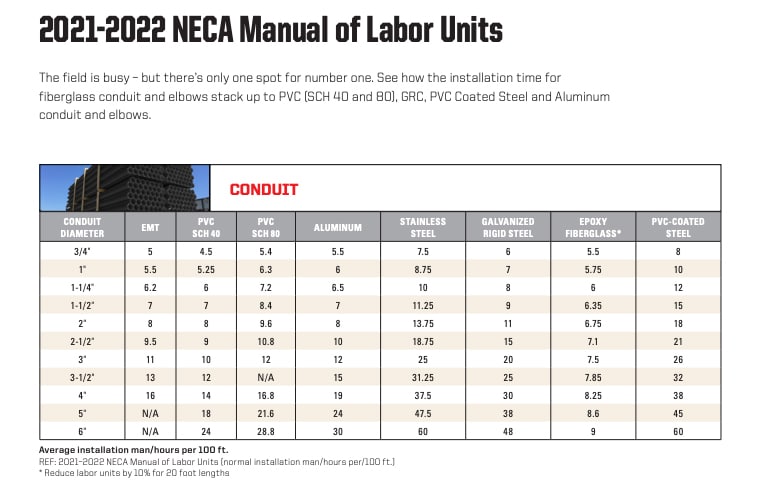





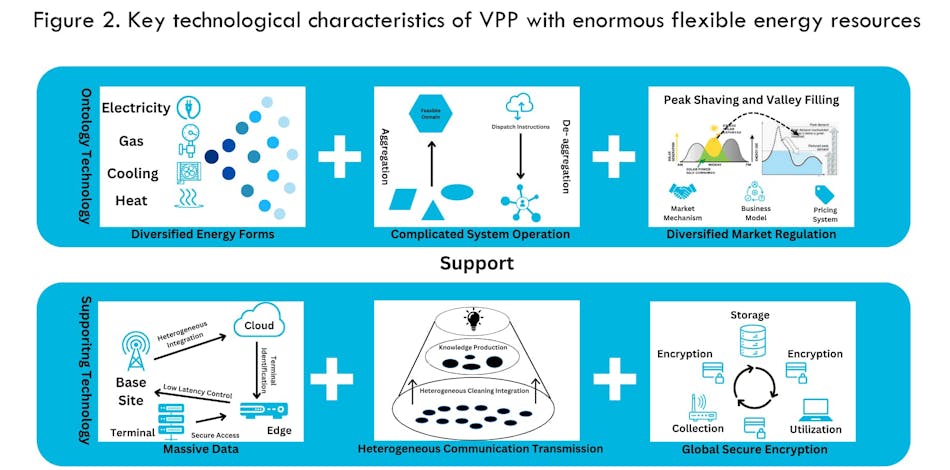
.png)


